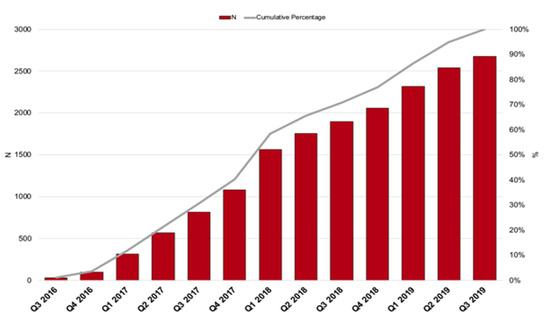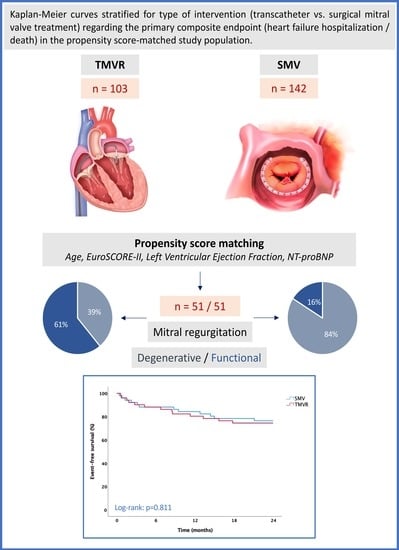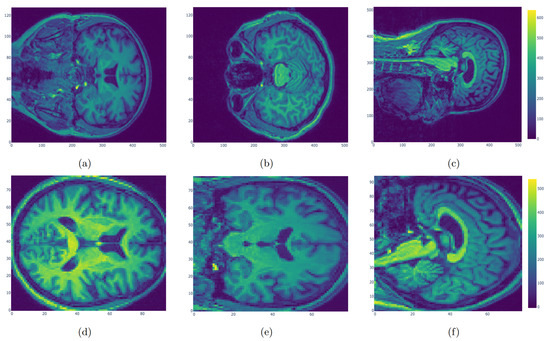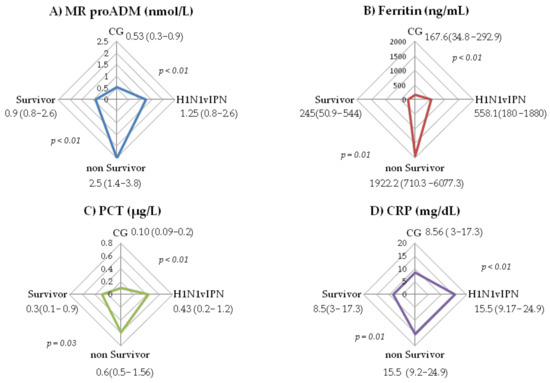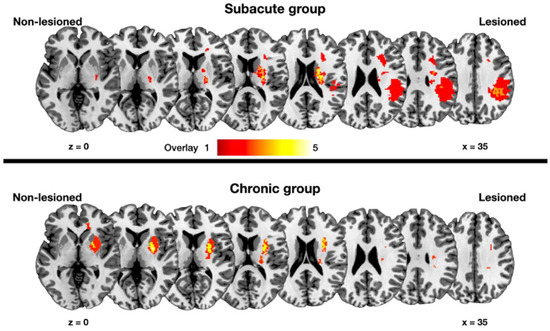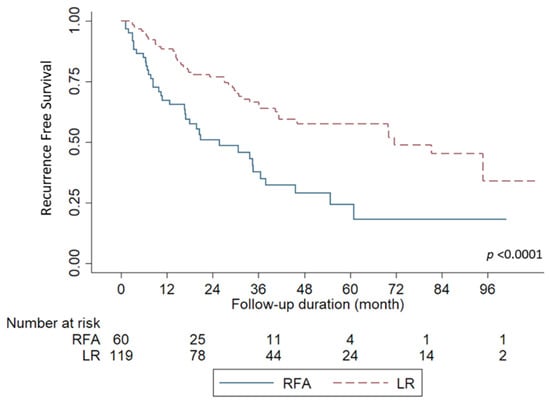J. Pers. Med. 2022, 12(1), 92; https://doi.org/10.3390/jpm12010092 - 11 Jan 2022
Cited by 10 | Viewed by 3317
Abstract
The impact of changes in sleep duration and sleep quality over time on the risk of non-alcoholic fatty liver disease (NAFLD) is not known. We investigated whether changes in sleep duration and in sleep quality between baseline and follow-up are associated with the
[...] Read more.
The impact of changes in sleep duration and sleep quality over time on the risk of non-alcoholic fatty liver disease (NAFLD) is not known. We investigated whether changes in sleep duration and in sleep quality between baseline and follow-up are associated with the risk of developing incident NAFLD. The cohort study included 86,530 Korean adults without NAFLD and with a low fibrosis score at baseline. The median follow-up was 3.6 years. Sleep duration and quality were assessed using the Pittsburgh Sleep Quality Index. Hepatic steatosis (HS) and liver fibrosis were assessed using ultrasonography and the fibrosis-4 index (FIB-4). Cox proportional hazard models were used to determine hazard ratios (HRs) and 95% confidence intervals (Cis). A total of 12,127 subjects with incident HS and 559 with incident HS plus intermediate/high FIB-4 was identified. Comparing the decrease in sleep duration of >1 h, with stable sleep duration, the multivariate-adjusted HR (95% CIs) for incident HS was 1.24 (1.15–1.35). The corresponding HRs for incident HS plus intermediate/high FIB-4 was 1.58 (1.10–2.29). Comparing persistently poor sleep quality with persistently good sleep quality, the multivariate-adjusted HR for incident HS was 1.13 (95% CI, 1.05–1.20). A decrease in sleep duration or poor sleep quality over time was associated with an increased risk of incident NAFLD, underscoring an important potential role for good sleep in preventing NAFLD risk.
Full article
(This article belongs to the Section Epidemiology)
►
Show Figures

